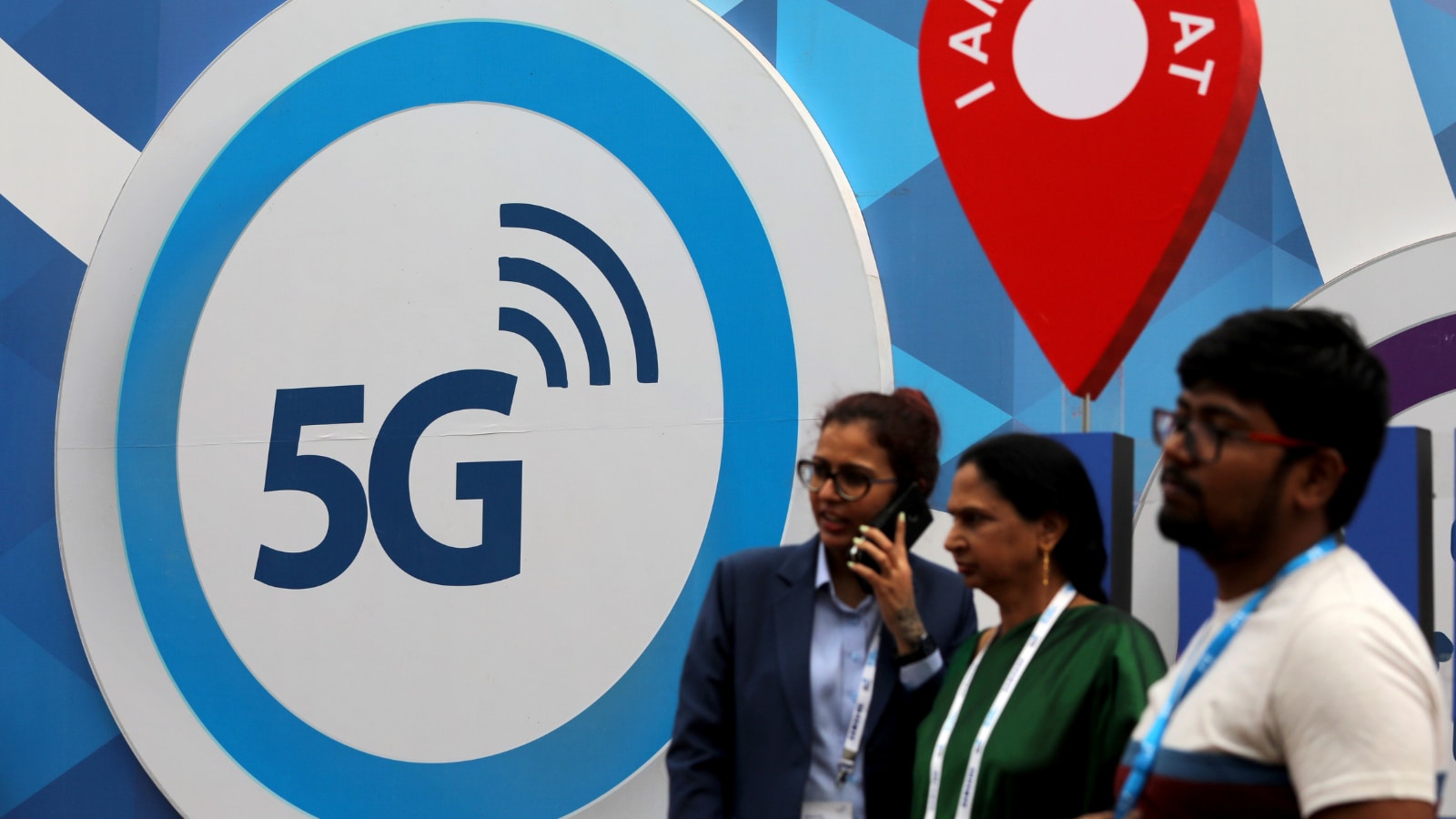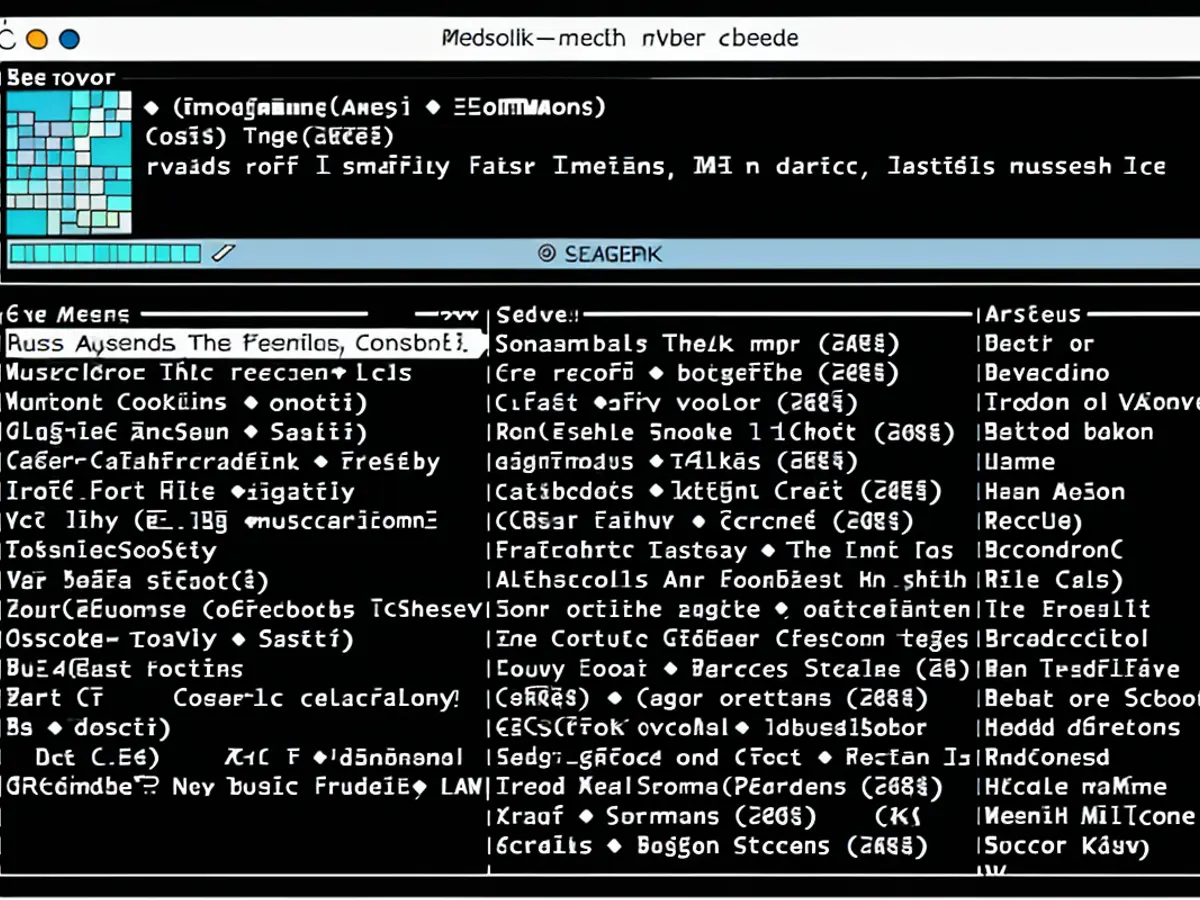The era of 5G has arrived India on Saturday as Prime Minister Narendra Modi launched the service to usher in the era of high-speed internet on mobile phones. 5G service is currently rolled out in some cities and will gradually roll out across the country over the next few years.
The cumulative economic effect of 5G estimated to reach $450 billion by 2035. The fifth generation or 5G service, capable of supporting super high-speed internet, is expected to open up new economic opportunities and societal benefits, serving as a force for transformation in Indian society.
During the launch, India’s three major telecom operators showcased the potential of 5G technology in India. Mukesh Ambani’s Reliance Jio has connected a teacher from a school in Mumbai with students in three different locations in Maharashtra, Gujarat and Odisha.
In Airtel’s demonstration, a girl from Uttar Pradesh witnessed a vivid and immersive educational experience to learn about the solar system through virtual and augmented reality.
Vodafone Idea’s test demonstrated the safety of workers in the under-construction Delhi Metro tunnel by creating a ‘digital twin’ of the tunnel on dias.
India’s demonstration of 5G prowess is a major milestone in the country’s telecom revolution, a journey that began in 1981.
The starting point
It all started in 1981 when the government tried to liberalize the Indian telecommunications market. Previously, the Indian telecommunications sector was managed by government agencies under the Ministry of Posts and Telegraphs under Nehru’s socialist policies, which committed India to state-owned monopolies.
The expansion of the sector was gradual as the government was overburdened and Indians then generally saw phones as a luxury and status symbol rather than a necessity.
Later, the then Prime Minister Indira Gandhi signed contracts with Alcatel CIT, a French telecommunications company, to merge with the state-owned telecommunications company ITI (Indian Telephone Industries Limited) to install 5 million telephone lines every year. But the attempt was stopped due to political opposition.
In 1984, the Center for Development of Telematics (C Dot) was established by Sam Pitrada, who served as an advisor to Indira’s successor and son Rajiv Gandhi, with the aim of developing telecommunications technologies to meet the needs of India’s telecommunications network.
In 1985, the Department of Telecommunications (DoT) was created to oversee the communication services across the country. In the following year, two independent corporations were formed, Mahanagar Telephone Nigam Limited (MTNL), which was tasked with providing telecommunications services in the metro areas, and another, Videsh Sanchar Nigam Limited (VSNL), which was responsible for providing international telecommunications services. .
By the 1990s, the number of telephone lines in India had already exceeded 2.15 million. However, the government was under pressure to open the telecommunications sector to private investment as part of the 1991 liberalization policy.
In 1992, private investment in value-added services (VAS) was allowed, and two years later the government introduced the National Telecom Policy (NTP), which restructured the telecom infrastructure in terms of ownership, services and regulation.
Long distance communications continued to remain under VSNL while DoT continued to focus on liberalization of local telecom services.
Birth of TRAI
In 1997, the government established the Telecom Regulatory Authority of India (TRAI).
A new telecom policy was also announced in 1999 under the new government formed by Atal Bihari Vajpayee with new goals and landmark targets such as ‘telephone on demand’ by 2002, telecom coverage of all villages by 2002, internet access in all villages until 2002, and so on.
Major policy changes included allowing multiple operators per wheel, changing the license fee system to a one-time fee and introducing revenue sharing, which allows interconnection between service providers.
In 2000, the Government of India amended the TRAI Act and established the Telecommunications Disputes Settlement and Appellate Tribunal (TDSAT).
The objective was to carry out the litigation and dispute resolution functions and the regulatory powers of TRAI in areas such as spectrum management, tariff powers, interconnection, quality standards and time period for ensuring circuits between different service providers and so on.
In the same year, the government corporatized the service department of DoT, which was later renamed as Bharat Sanchar Nigam Limited (BSNL). As a result, private players were allowed to enter the telecom sector without restrictions.
However, in 2008 VSNL was privatized.
The government has once again updated the policy and targets for the sector through the NTP 2012 which introduced the idea of ’one country one licence’. The aim was to take advantage of convergence, spectrum liberalization and the separation of network licensing from service provision.
Another important aspect of the revised policy was to increase the availability of appropriate spectrum and ensure its transparent allocation through market-based methods.
2G, 3G, 4G
In India, mobile phones started with 2G cellular network and quickly moved to 3G or third generation mobile network.
In 2008, MTNL launched the first 3G communication services in India.
While 2G allowed for digital phone calls and messaging, 3G allowed for Internet connectivity on mobile devices, allowing mobile Internet access as well as phone calls and text messages.
In 2012, Airtel launched India’s first 4G services. 4G brought faster data speeds and lower latency, allowing online video streaming on mobile phones.
Read everything Latest technical news and Latest news here
https://www.news18.com/news/tech/when-even-landlines-were-a-luxury-to-5g-rollout-the-meteoric-rise-of-indian-telecom-6076789.html



